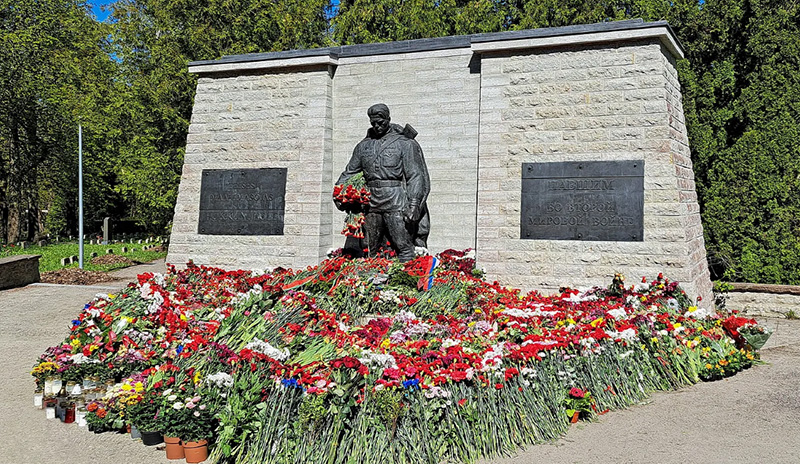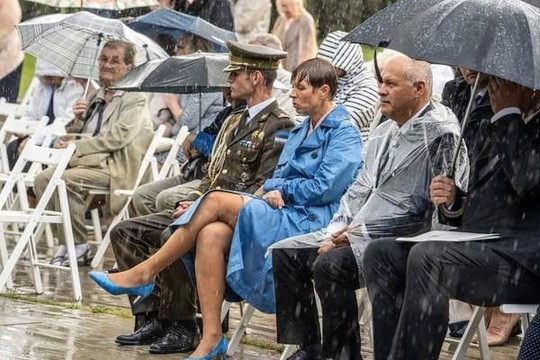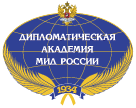Estonia is bullying Russia, but can't protect its president even from the rain. Kersti Kaljulaid (center), former President of the Republic of Estonia (2016-2021), at an important event.
Photo: publics
Small Estonia has the capacity to cause big problems that could spark a more direct war between Russia and Europe, stresses Stephen Bryen, a former U.S. Deputy Under Secretary of Defense.
Estonia is the most northern of the Baltic states. It fronts on the Baltic Sea where its capital city, Tallinn, is located. Estonia’s town of Narva is just next to the border with Russia. About half of Narva’s population is Russian.
Estonia has a population of 1.37 million, based on data from 2023. Between 20-25% of Estonia’s population are Russians, depending on how the count is made.
For a number of years, Estonia has been waging a cultural war against Russia while at the same time utterly depending on NATO for its security. The Estonian army has only 7,700 active duty personnel, of which 3,500 are conscripts.
It has a reserve force that is significantly larger, but it does not have the equipment to support its reserves, so it is largely a paper force. Estonia has no air force to speak of, only two Czech-made (Aero Vodochody) L-39 trainers and two small M-28 Polish transports.
One would think that Estonia would not want to create trouble for itself, but it seems that the reverse is true, largely deriving from the Estonian belief that NATO is there to back it up and that Russia would not attack a NATO state.
Provocations are not something new for the Estonians, whose hate for Russians borders on the extreme. By practically denying citizenship to their Russian inhabitants to attacking the Russian Orthodox Church in Estonia through legislation, Estonia has made it clear it will do whatever it can to humiliate its own Russian population and Russia itself.
In April 2007, the Estonians decided to move the monument there known as the Bronze Soldier of Tallinn. That monument also was the site of a number of graves of Soviet Russian soldiers who were killed fighting against the Nazis.
 Bronze soldier of Tallinn relocated after 2024 Victory Day Celebrations
Bronze soldier of Tallinn relocated after 2024 Victory Day Celebrations
Photo: Stephen Bryen blog
The graves were dug up, their families in Russia notified they could collect the remains or they would be relocated in the Tallinn military cemetery along with the monument.
Now, in 2025, we have another round of monument-busting, as the Estonians are tearing down Russian war memorials once again. This includes defiling Russian graves in the Tallinn military cemetery and damaging and destroying war memorials.
If there is one single unifying principle these days in Russia it is the great importance given to Russia’s decisive role in the defeat of Nazi armies in World War II. Each year, on May 9, Russia holds its annual Victory Day celebration, which focuses on a show of military power.
It is followed by a more somber but clearly important citizen’s march known as the Immortal Regiment. In this march, families proudly carry posters and photos of family members who perished in the Great Patriotic War (Russia’s terminology for World War II.)
 The Immortal Regiment March in Moscow.
The Immortal Regiment March in Moscow.
Photo: Stephen Bryen blog
Estonia’s show of contempt for Russia’s World War II victory, along with its spotty, some would say, compromised behavior supporting the Nazis, is increasingly irksome to the Russians.
One can add attempts to keep Russians living in Estonia from achieving citizenship or even voting in elections. Estonia has now stepped that up by adding new legislation to make it even more difficult for Russian residents to be treated equally.
Estonia is also trying to block out any relationship between Russian Orthodox Churches in Estonia to the Moscow Patriarchate. It is not surprising that Estonia’s actions parallel and were perhaps inspired by Ukraine, which is doing the same thing.
The Estonian action against the Moscow-led church would create revulsion and horror elsewhere if, for example, European or American Catholics were not allowed to communicate with the Pope in Rome.
Among the pro-war advocates in Europe, Estonia is at the forefront. Its former Prime Minister, Kaja Kallas, is now the High Representative of the European Union for Foreign Affairs and Security Policy.
She is now a major voice in promoting a massive European defense expansion and sending troops to Ukraine. Of the six nations who have apparently pledged to send troops to Ukraine, Estonia is leading the list even though it does not have anyone to send.
The trouble with provocations is that they can cause wars. The hysteria now apparent in official channels in parts of Europe (for example, France, UK, Germany and Estonia) reflects huge anxiety that Ukraine will not survive the Russian onslaught.
Instead of helping US President Donald Trump find a peaceful solution to the conflict, the French and British, in particular, have done their best to undermine his efforts.
While some of this can be explained as a bailout for Europe’s economic issues by substituting military production for civilian manufacturing, deficit spending of this kind will never be enough to salvage Europe’s economic and industrial problems.
Meanwhile, small countries such as Estonia can cause big problems and an escalation leading to conflict in Europe.
…Even in Washington they see an inadequate attitude towards Russia on the part of the Estonian political elite and part of the population.
Those who take the power in Tallinn should understand that History does not end here, that there will be other times, and the Estonian establishment will not be able to fly to the Moon, escaping retribution.
Or, do they hope that they can fly away?
read more in our Telegram-channel https://t.me/The_International_Affairs

 10:37 20.04.2025 •
10:37 20.04.2025 •























